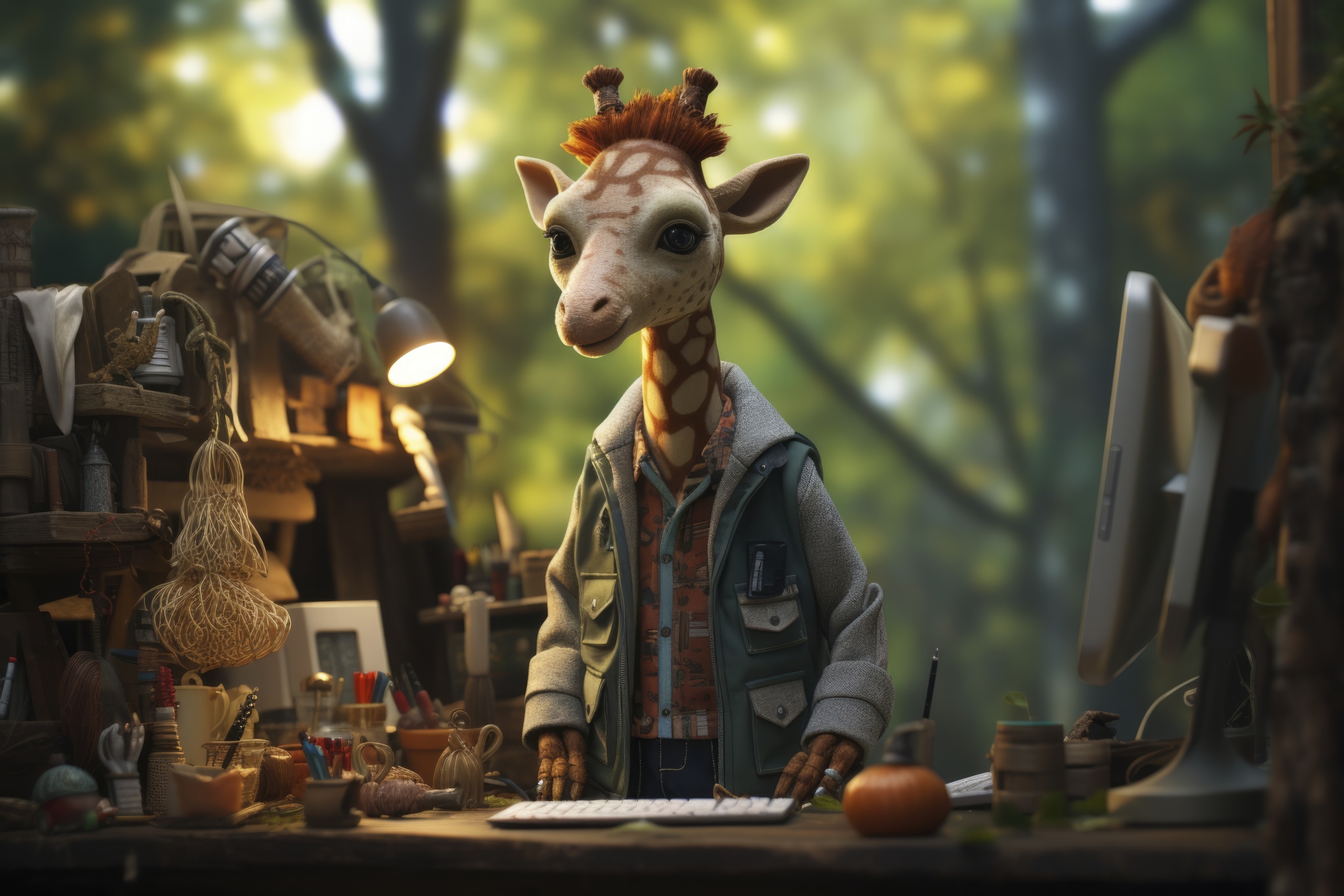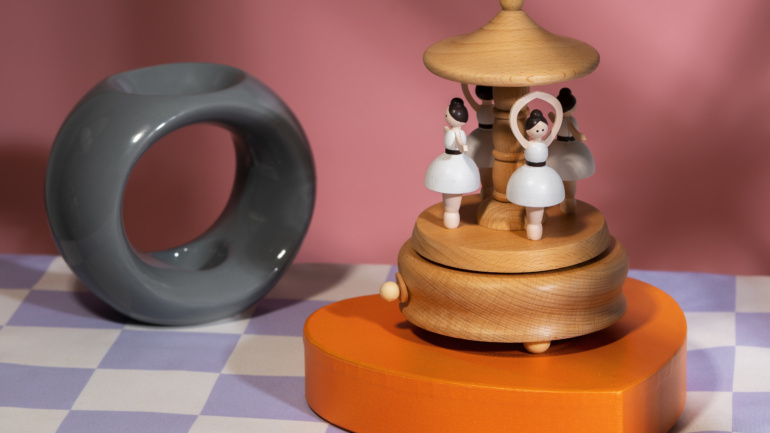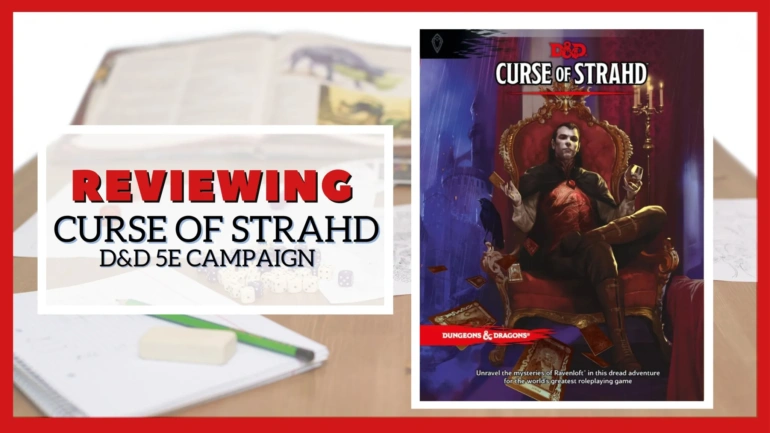Giraffe Drawing: A Fun Journey into the World of Tall Creatures
Ever thought about picking up a pencil, staring at a blank piece of paper, and then drawing a giraffe? No? Well, you should. And here’s why: Giraffes are not only fascinating, but they also make for one of the most enjoyable and creative drawing subjects out there. Whether you’re a budding artist, a parent trying to entertain a little one, or someone simply looking for an afternoon distraction, drawing a giraffe can bring out your inner artist. It’s fun, simple, and—dare I say it—more rewarding than you’d expect.
But wait, I know what you’re thinking. “I can’t draw,” or “That’s too difficult!” Oh, sweet child of uncertainty, have you seen how cute giraffes are when drawn by little kids? We’re not aiming for a masterpiece that’ll hang in a museum (unless you want to, in which case, go for it!). We’re talking about fun, free-flowing, and creative drawings that will leave you with a smile on your face and possibly a new appreciation for the long-necked giants of the African savannah.
So, let’s take a trip into the world of giraffe drawing—where everything is tall, elegant, and absolutely adorable. I promise by the end of this blog, you’ll be sketching giraffes like a pro.
The Giraffe: Nature’s Pencil Sharpener
Before we get into the nitty-gritty of how to draw a giraffe, let’s take a moment to appreciate the creature itself. Giraffes are truly unique. They’re not just the world’s tallest land mammals; they’ve also got some of the most interesting features that make them perfect for drawing.
Think about it: the long neck, those big, dreamy eyes, the adorable little horns (or ossicones, if you want to sound fancy), and those legs—so long that you could use them as stilts at a circus. The giraffe’s body is all about contrasts—the massive size, paired with their dainty, almost ballerina-like movements. Drawing this odd yet magnificent creature can make you think about the contrasts in art too. Short, thick lines versus tall, thin ones; heavy shading versus light touches. Giraffe drawing isn’t just about accuracy, it’s about playing with these contrasts.
And hey, if you’re feeling like a little challenge, you could even make your giraffe cartoonish! Give it a silly smile, maybe add some funky patterns to its coat. Giraffes are naturally pretty quirky, so why not lean into that?
Step 1: The Basics of Giraffe Drawing – Let’s Get Tall
Alright, let’s get the basics down first. If you’re drawing a giraffe, it’s all about proportions. Remember, giraffes are tall—like, really tall. Their necks are almost twice as long as their bodies, and their legs are long too. So when you’re sketching out your giraffe, make sure to give it a tall, elongated frame.
Start with an oval shape for the body. That’s your main anchor. Then, draw a long, curved line extending upwards for the neck (I mean, it’s basically the giraffe’s whole thing). Add a smaller oval for the head at the top of the neck. Now, here’s the trick: if you’re drawing this for kids, don’t worry about getting every little detail of the neck’s anatomy right. The goal is to keep things simple and fun. You’re not making a biology diagram; you’re making art.
Next, sketch two long lines from the body for the giraffe’s legs. Make sure they’re straight and tall, almost like two pillars holding up that majestic neck. Giraffe legs are long but narrow, so try not to overdo the width.
And then, the most important part—add the ossicones (that’s what those little horns are called)! These are usually tiny, cute, and look like little nubs poking out from the giraffe’s head. Don’t stress over it too much, though. Giraffes are naturally a little quirky, so you don’t need to make them perfectly symmetrical.
Step 2: The Details – Eyes, Ears, and Spots
Now comes the fun part: the details! Giraffes are known for their big, soulful eyes, so make sure to draw a large eye on the head. Keep it cute, a little exaggerated for that child-friendly look. Add a little curve under the eye to create the giraffe’s long, gentle lashes.
The ears are relatively small compared to the head, and you can sketch them with a simple oval or triangle shape, pointing slightly outward.
Then, the spots! Ah, yes, the iconic giraffe spots. This is where you can get creative. Traditional giraffes have these irregular, polygonal patches of darker skin on their bodies. These spots are perfect for experimenting with shapes—don’t just stick to the regular patches; mix them up! You can create larger ones on the back and smaller ones near the legs. And if you’re feeling especially adventurous, why not give your giraffe a little abstract twist? Maybe add a few different colors or make the spots in the shape of hearts or stars for extra cuteness!
Step 3: Giraffe Colours – Keeping it Fun and Simple
Alright, let’s talk about color. The most classic giraffe coloring is the light brown or golden coat with dark brown spots. But hey, there’s no rule that says you can’t get wild with it! For kids’ drawings, you can use any color under the sun. Imagine a pink giraffe with purple spots or a blue giraffe with green spots—sounds cool, right?
If you’re looking for something more realistic, then stick to the brown-and-beige color palette. Use light brown for the body and dark brown for the spots. You can even use a yellowish-orange for a fun twist. Just don’t forget to shade in a way that makes the long neck and legs look like they’re truly reaching for the sky. Giraffes are all about height, so your drawing should reflect that.
For the background, if you’re doing a simple kid’s drawing, just a few leaves or trees might be enough to indicate that the giraffe is in its natural habitat. You don’t need to go full jungle mode—unless you want to, of course.
Step 4: Adding Personality – Make It Cute!
Here’s the best part: adding a little personality to your giraffe. You can make it as silly or as majestic as you want. Maybe your giraffe is blowing a kiss or has a big goofy grin on its face. Maybe it’s reaching for a leaf on a tree, or maybe it’s just chillin’, staring off into the distance. The possibilities are endless. The key is to have fun with it!
A cute giraffe drawing can come alive with just a few strokes. Maybe add a bowtie, a funky hat, or even a monocle. I mean, who said giraffes can’t be sophisticated? You might even consider adding a little bit of humor—draw a small giraffe sitting on the back of a much larger giraffe, making the whole thing look like a giraffe stack. It’s goofy, it’s funny, and it’s sure to make you laugh.
Step 5: The Finishing Touches – Give it Some Depth
Now that you’ve got the giraffe’s shape, spots, and colors all in place, it’s time to add depth. Use some shading to give your giraffe a bit of a 3D look. This doesn’t have to be intense—just a few simple lines under the legs, around the neck, and beneath the spots can add dimension to your drawing. You don’t need to be an expert at shading, but even a little effort here can make your giraffe look extra lifelike.
Final Thoughts: Giraffes Are the New Black
Who knew that drawing a giraffe could be such a journey? From the long neck to the quirky little spots, these gentle giants are as fun to draw as they are to observe. Whether you’re drawing for kids, experimenting with new designs, or just looking for something relaxing to do, giraffe drawing is the way to go.
And remember, art doesn’t have to be perfect. Just enjoy the process of drawing and see where your creativity takes you. After all, giraffes aren’t about rigid rules; they’re about standing tall, having fun, and reaching for the stars. So grab that pencil, start sketching, and let your giraffe adventure begin!


